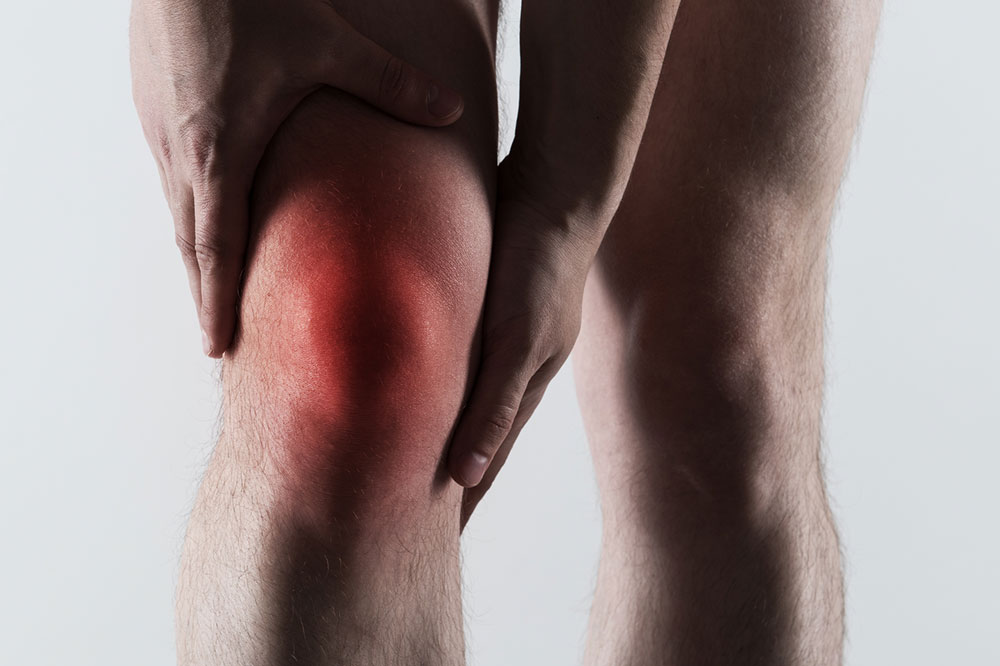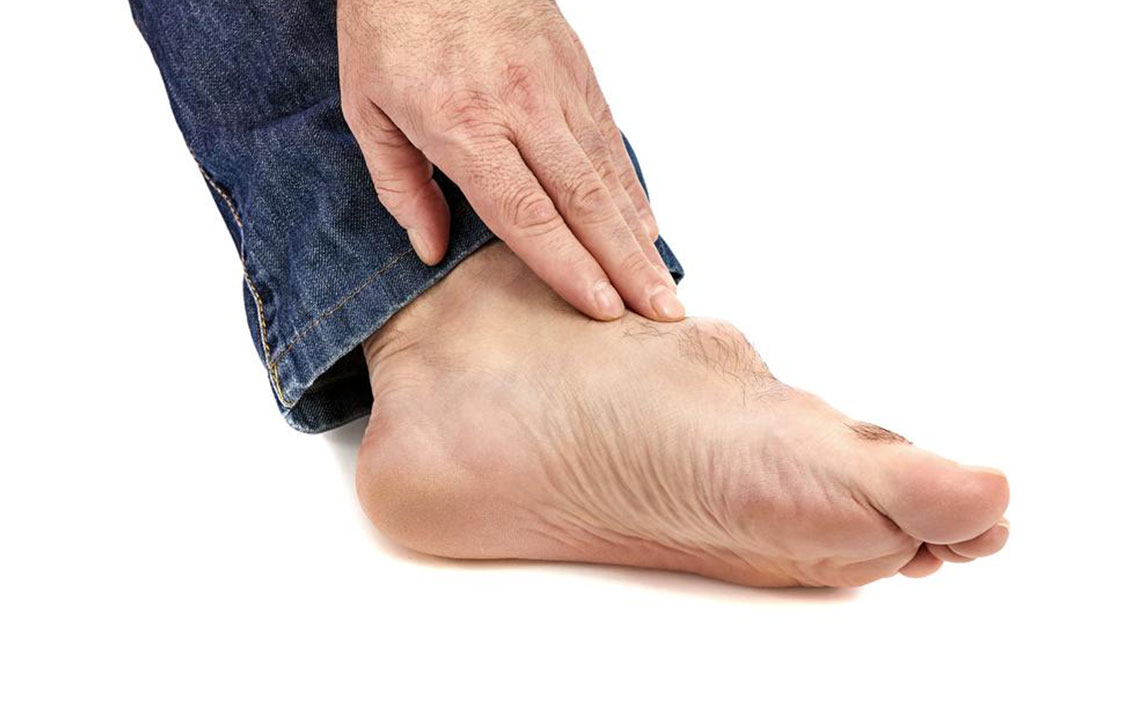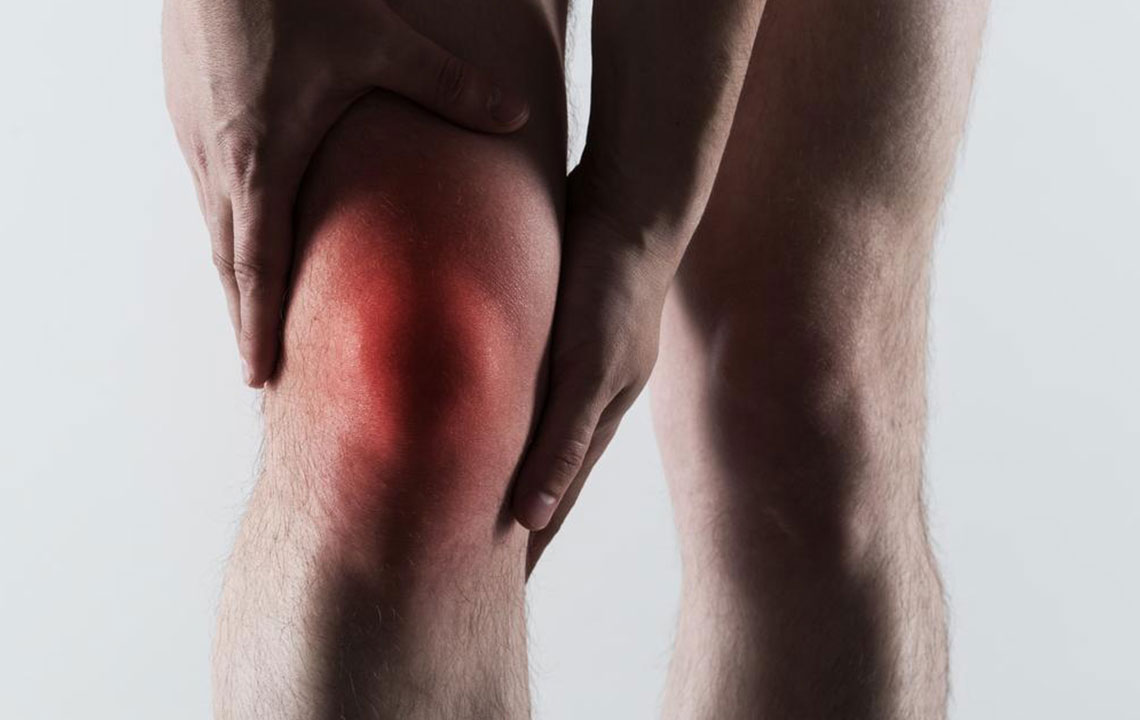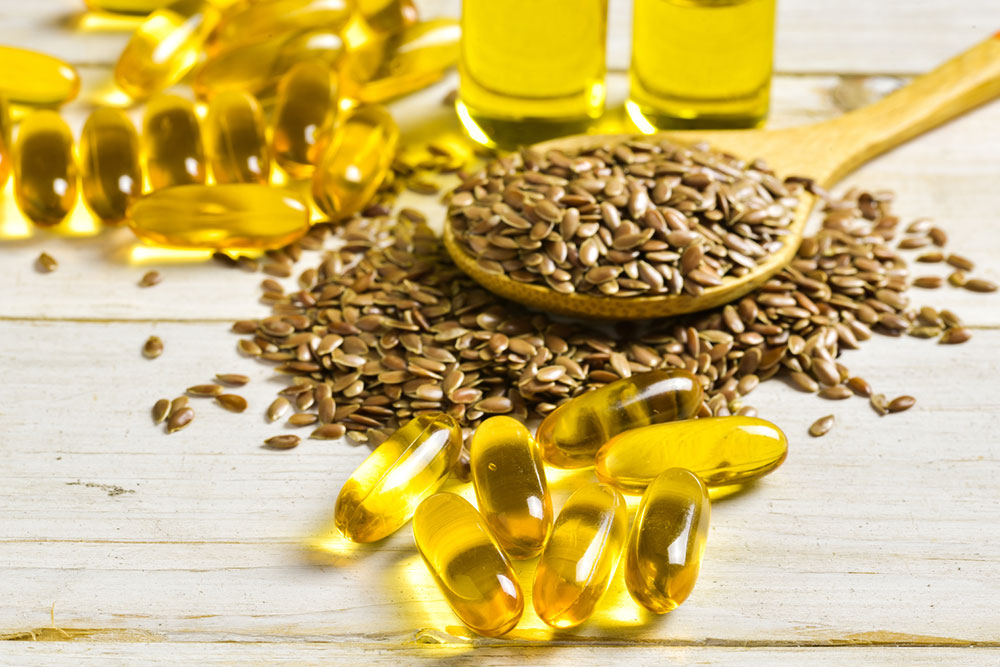Understanding Gout: Causes, Signs, and Remedies
Gout is a common form of arthritis caused by uric acid crystal buildup in joints, leading to sudden, severe pain and swelling. Management involves medication, dietary adjustments, and lifestyle changes. Recognizing symptoms early and consulting healthcare professionals are essential for effective treatment and prevention of future attacks.

Understanding Gout: Causes, Signs, and Remedies
Gout is a health condition that results from the buildup of uric acid crystals in the joints. Recognized as a form of arthritis, it often targets the feet but can affect other joints too. Sudden and intense pain, along with swelling, are common symptoms. Due to its prevalence, it's important to understand the root causes and how to manage it effectively.
What leads to gout?
Gout develops when uric acid levels in the blood become elevated. This excess uric acid forms crystals that settle in the joints, causing inflammation and pain.
Uric acid is produced when the body breaks down purines, substances found in many foods. Typically, uric acid dissolves in the bloodstream and is eliminated via the kidneys. When this process fails, uric acid accumulates, leading to crystal deposits in joints or tissues. Factors like genetics, obesity, kidney issues, and high consumption of red meats and organ meats increase susceptibility to gout.
What are the symptoms?
The hallmark of gout is severe joint pain, often sudden and intense. The big toe is most commonly affected, but other joints can also be involved. Signs include redness, swelling, and warmth around the joint. The skin over the affected area may become soft, limiting movement. Persistent attacks could lead to tophi—swollen deposits of uric acid beneath the skin.
How is gout managed?
Treatment depends on the severity and frequency of attacks. Mild cases may respond to dietary adjustments and lifestyle changes. If attacks are frequent or severe, medications are necessary—these fall into three categories: uric acid reducers, preventative drugs, and symptomatic treatments.
Uric acid-lowering drugs like allopurinol, probenecid, and pegloticase help decrease uric acid levels and prevent crystal formation. During flare-ups, NSAIDs and febuxostat can reduce pain and inflammation. Dietary modifications, such as limiting alcohol and reducing intake of meats, fish, and poultry, are crucial in avoiding future gout episodes.
Note:
The information provided about symptoms, treatments, and related health conditions is for informational purposes only. It should not replace professional medical advice. Always consult licensed healthcare providers for diagnosis and treatment decisions.










